Canon XSi: 12.2 Megapixels, Image Stabilized Lens, and Double Live View
by Wesley Fink on May 5, 2008 3:00 AM EST- Posted in
- Digital Camera
Canon XSi vs. Sony A350
The A350 is an entry-level camera despite some high-end features like the 14.2MP sensor. As such it is designed to be easy to use. Ours came out of the package set up at the factory for Live View mode with Super Steady Shot on. In general Sony made the controls very easy to use and figure out. Sony tells us one complaint from buyers moving from point-and-shoot digital cameras to a digital SLR is that they are often overwhelmed by the controls of the DSLR. Point-and-shoot users will find the A350 easy to use and familiar right out of the box.
The tilt-up/tilt-down screen combined with real-time Live View is the absolute best configuration for the A350. The viewfinder is too tunnel-like for many so the Canon XSi is a better choice for viewfinder shooting. There is no better Live View camera though, if you can live with an LCD that is only a 90% approximation of the finished image.
In general the A350/A300 are very fast and very easy to use. The XSi is a better camera for those who may want to grow into a much more serious system, but Sony also offers growth to the very capable A700 and the upcoming full-frame Pro model.
Color for the Sony A350 is very accurate compared to the overly warm rendition of the Canon XSi at the Tungsten setting. For those who don't want to fuss and just point-and-shoot that may be important. In addition the Auto white balance for the A350 is the most accurate we've tested under Tungsten lighting. It is actually quite good shooting indoor tungsten, something most of its competitors do rather poorly.
The Sony also does well in noise control head-to-head with the Canon XSi. That was something of a surprise considering the Sony is a 14.2MP CCD sensor and the Canon is a 12.2MP CMOS. Up to 800 noise is very similar on both crops. Noise at 1600 is also comparable, but if you look closely at edges the Sony is exhibiting a greater tendency to appear jagged than the Canon XSi. ISO 3200 on the Sony is probably only usable on snapshots, but it is still usable.
Overall, the Sony A350 actually does better against the Canon XSi than we really expected and acquits itself quite well for a higher resolution sensor that should be showing greater noise than the Canon XSi. Resolution and noise control to ISO 1600 on the Sony holds its own against a sensor maker than has been the low-noise standard since DSLRs began.


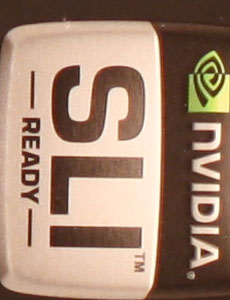
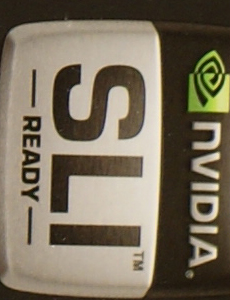


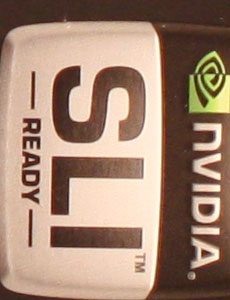
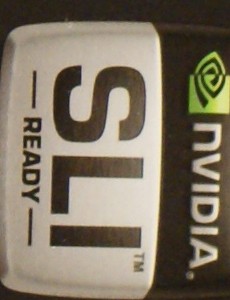
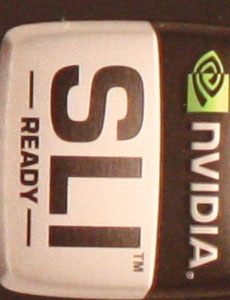
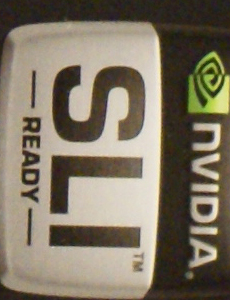
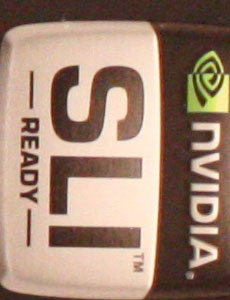

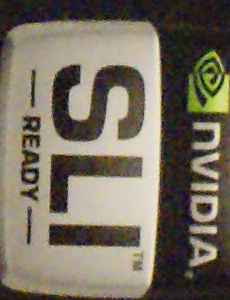








56 Comments
View All Comments
pinto4402 - Monday, May 5, 2008 - link
Your observation about Canon's overly warm/red WB in tungsten lighting is shared by many camera reviewers/users. It's a "problem" that has been noted for a long time. Some people actually prefer the overly warm colors, though. I'm sure this is the reason why Canon has never fixed their WB.Deadtrees - Monday, May 5, 2008 - link
"Working range AF specifications are the same EV range of -0.5EV to 18EV. However, the 40D adds an additional diagonal cross-type sensor with greater precision for f2.8 lenses, providing better support for fast Canon L lenses."- Not trying to be picky or anything but that is somewhat misleading as not all L lenses have aperture values faster than f/2.8.
-------------------------------------------------------------------
"Overall, the Sony A350 actually does better against the Canon XSi than we really expected and acquits itself quite well for a higher resolution sensor that should be showing greater noise than the Canon XSi. Resolution and noise control to ISO 1600 on the Sony holds its own against a sensor maker than has been the low-noise standard since DSLRs began."
- Keep in mind that A350 utilizes quite agressive noise deduction algorithms resulting smudged water color like images. If you think less noise is good no matter what, I guess it's not so bad. But, what about details that are lost? Do you really want over 10mp dslr images to show details as cell phone cameras? Hell, in that case, even point-and-shoot panasonic cameras that are known for crazy noise reduction algorithm can compete head to head with Nikon D3.
---------------------------------------------------------------------
BTW, I really suggest you to change the test subject. It's glossy coated hardboard papers which makes it virtually impossible to see the loss of details caused by insance noise reduction algorithms.
Lord 666 - Monday, May 5, 2008 - link
Wes,If you are comparing the XTi vs. XSi vs. 40D, why not include the D300 as well to compare against?
Wesley Fink - Monday, May 5, 2008 - link
We will include the D300 results in Part 2 of our Digital Sensor article. We will be comparing resolution and noise in different sensor categories, such as 14 megapixel, 12 megapixel, and 10 megapixel.I did toy with the idea of including the D300 in comparisons in this review, but I figured Canon to past Canon XTi to top Canon prosumer 40D was a bit more logical than a $800 body to a $1800 body. I'll leave that comparison for the digital sensor article.
complectus - Monday, May 5, 2008 - link
Is that a Frank Lloyd Wright house in 2 of the Sample Images?Wesley Fink - Monday, May 5, 2008 - link
Yes it is Frank Lloyd Wright. I am fortunate that a real Wright house is in my neighborhood. The furniture was also custom built for the rooms in th eWright house, as was typical of many of his home designs.It was built in the early 1900's and is contemporary to the other homes in the photographs. I figured someone would catch it.
pinto4402 - Monday, May 5, 2008 - link
For about five minutes, I was interested in the Xsi as a lightweight backup camera body for event photography. However, the lack of a CF card slot completely nixes this idea. It doesn't make any sense for Canon to switch from CF to SD, other than to attract P&S owners who want to migrate to a DSLR. By doing so, however, Canon effectively excluded us existing DSLR owners who already have many of their lenses and who would be more likely to purchase. I can tolerate the Xsi's plastic body, but I'm not going to invest in new storage media just to use this camera.Wesley Fink - Monday, May 5, 2008 - link
You can buy a 16GB class 6 hi-speed SD card for $55, a 4GB Class 6 for about $20, or an 8GB for around $30. I can't believe that small expense would keep you from buying and using the XSi if you really wanted to.Nikon uses SD on the D80 and D60, Pentax uses it on the K20D and K200D. Sony still uses CF, but new Sony lenses cost a lot more than today's cheap SD and CF memory.
RDaneel - Monday, May 5, 2008 - link
I have no problem with AT doing camera reviews, I think it's a valuable perspective for hobbyists and prosumers. Obviously AT isn't going to review $1500 lenses...That being said, this review reads more like Canon ad copy than a real comparative review. There isn't any serious examination of the image quality, and it feels like more effort is spent in comparing the number of AF points and megapixels than really looking at the camera as a DSLR system or really talking about IQ. Just kind of a disappointment, normally the objectivity on AT is a bit better. Did the author get to keep the free press sample? ;)
Wesley Fink - Monday, May 5, 2008 - link
There was no Press sample - not even a loaner. We had to buy the XSi that was reviewed. The same goes for the Nikon D60 and Sony A350 that were compared to the XSi. Since we bought them all we owe nothing to any manufacturer.The XSi won't replace my D300 or my Pentax K20D, but it is a really superb entry camera.